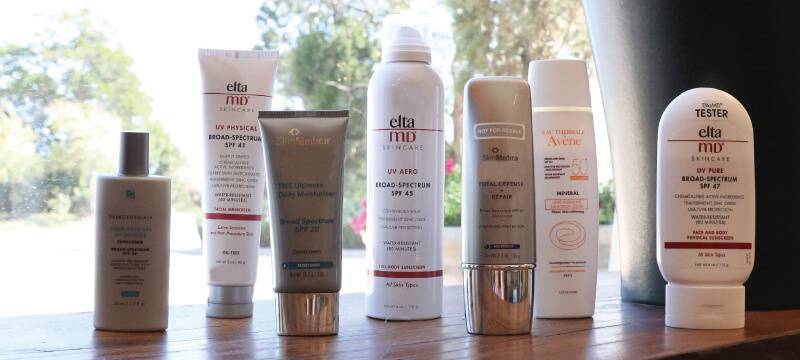What Does SPF Really Mean?

Each time you step outside in the sun you are exposing your skin to potentially dangerous ultraviolet (UV) rays. Sun overexposure can result in early onset aging, skin damage, and even lead to the development of skin cancer. The best way to protect your skin from both ultraviolet A (UVA) and ultraviolet B (UVB) rays is to correctly apply sunscreen.
When it comes to selecting a sunscreen, the first thing most people think about is SPF. But what exactly is SPF? Is a higher SPF always better? This article addresses the basics on Sun Protection Factor.
What is SPF?
SPF is short for “Sun Protection Factor”, a scale of measurement that determines how effective the sunscreen is and refers to how well it performs in providing protection from both ultraviolet A (UVA) and ultraviolet B (UVB) rays.
Protecting the skin from both types of ultraviolet radiation is critical as each type impacts the skin in a different manner. UVA rays penetrate deeper into the skin and play a role in causing wrinkling and photo-aging. UVB tends to burn the upper layers of the dermis and is a key source of skin cancer development.
How does SPF work?
The SPF number ranges from 1-90 and refers to how long it will take for a person’s skin to become red from sun radiation exposure. For example, applying an SPF 30 sunscreen would prevent your skin from getting red for approximately 30 times longer than without any sunscreen, according to the American Academy of Dermatology. Thus if your skin would normally get red after 10 minutes of exposure, the SPF protection would increase that time to 300 minutes.
SPF Levels
All sunscreens vary in terms of their SPF. Generally, sunscreens are categorized into four levels of SPF intensity:
- Low – SPF 4, 6, 8, 10
- Medium – SPF 15, 20, 25
- High – SPF 30, 40, 50
- Very High – Anything over SPF 50
It’s impossible to block 100% of UV rays, no matter how high the SPF. However, the higher the SPF the more protected you are:
- SPF 15 protects against 92% of UVB Rays
- SPF 30 protects against 96.7% of UVB Rays
- SPF 50 protects against 98% of UVB Rays
Is more SPF always better?
When it comes to SPF, there is a limit. SPF values greater than 50 may be misleading to consumers as values greater than 50 have not be shown to provide substantially more sun protection. Additionally, sunscreens with an SPF greater than 50 can lead to skin irritation and sensitivity. In fact, the FDA recently proposed regulations to limit the maximum value on sunscreen labels to display “50 +”.
Disclaimer: The contents of the Westlake Dermatology website, including text, graphics, and images, are for informational purposes only and are not intended to substitute for direct medical advice from your physician or other qualified professional.
